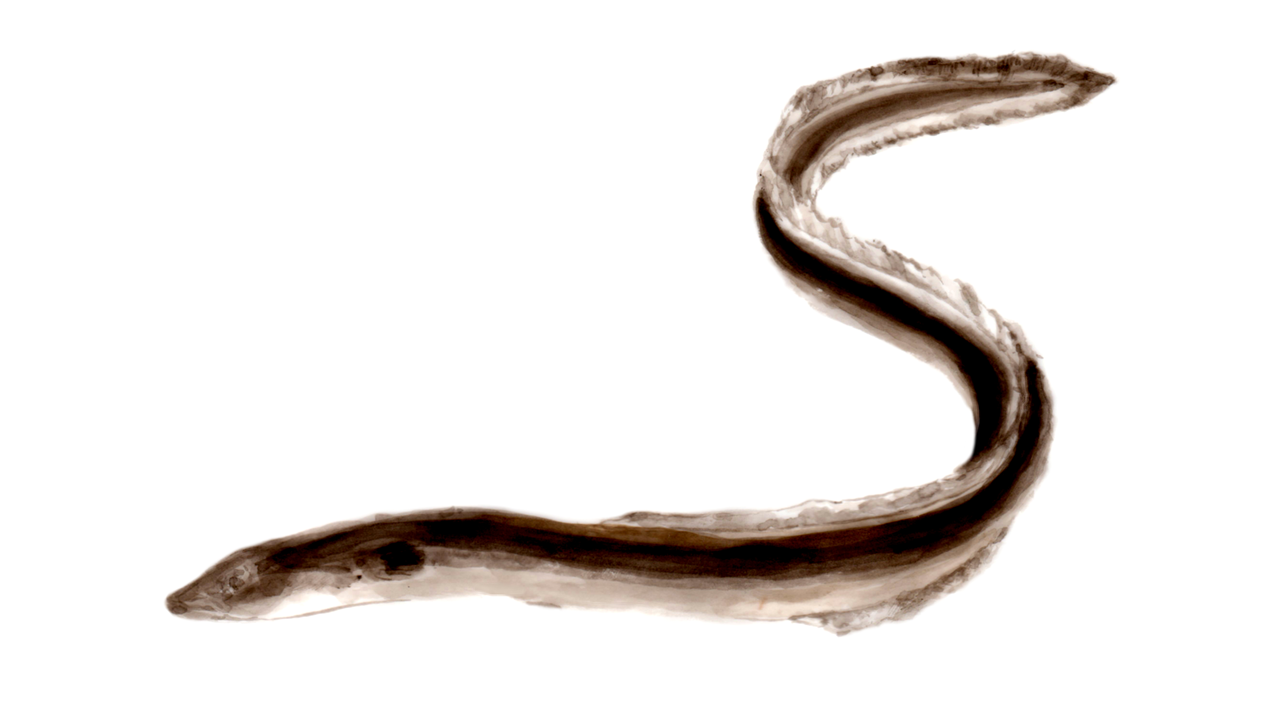Archives
Human activities leave their traces in riverbeds. For example, opencast lignite mining deposits by-products such as iron, nickel, cobalt and sulphur. In the River Spree, the "geochemical signature" of the sediments still shows this influence 90 km downstream.

Underwater jungle
Underwater plants are an essential part of our water bodies. They store carbon, phosphorus and nitrogen. They also provide a habitat for many different animal species.
A play of colours
The colour of freshwater bodies depends on the materials, substances and organisms they contain: nutrient-rich waters often look greenish due to higher levels of algae, while nutrient-poor waters tend to be blue.
Nursery
Some flying insects such as dragonflies, mayflies, caddisflies and stoneflies spend two or more years as larvae in the water before coming ashore as adults - sometimes for only a few days.

Lifelines
Restoring rivers and floodplains enhances natural resilience to drought and flooding, benefiting humans, water quality and biodiversity alike.
Source of food
Fish from inland waters is an important source of protein, especially in countries with food shortages. But freshwater plants - such as the rice species Oryza sativa - also help to provide food for many people around the world.

The realm of giants
Inland waters are home to some of the largest fish species in the world. The European sturgeon can grow up to five metres in length. This large migratory fish, which was on the verge of extinction, is now being reintroduced with the scientific support of IGB.
Resting zones
The resting eggs of water fleas such as Daphnia can stay dormant in lake sediment for decades, enabling them to survive adverse environmental conditions. Some can even be resurrected centuries later.
Dark matter
There is fungi in the water - from clear mountain lakes to deep oceans and even in ice. Yet there is hardly any other group of organisms on our planet that has been so little researched as lentic fungi. This is why there is still a large proportion of "microbial black matter", especially for groups at the base of the fungal tree.

Stepping stones
Ponds, pools and backwaters provide crucial refuges and connectivity between ecosystems, enabling aquatic organisms to avoid disturbance and colonise or re-colonise habitats.
Dry land
Across all continents and climate zones, 60 per cent of the world's river courses run dry at least one day a year - and the trend is increasing. As a result, habitats are diminishing and greenhouse gases are being released from the areas that are drying out.

Hugely diverse ecosystems
A single drop of water may contain many thousands of microorganisms such as fungi, protozoa, algae and bacteria. Besides contributing to the self-purification of water bodies, these microorganisms also provide food for other organisms.
A weapon
Freshwater and water infrastructure are increasingly among the most vulnerable resources in armed conflicts. In this context, access to water resources can become a trigger for conflict, a military lever, or the water sector itself can be directly affected by acts of war.

Migration routes
The European eel has a unique life cycle. To spawn, eels migrate several thousand kilometres from European rivers to the Sargasso Sea. It takes the eels several months, and some even more than a year, to travel this distance.
Illustrations: © Christiane John

